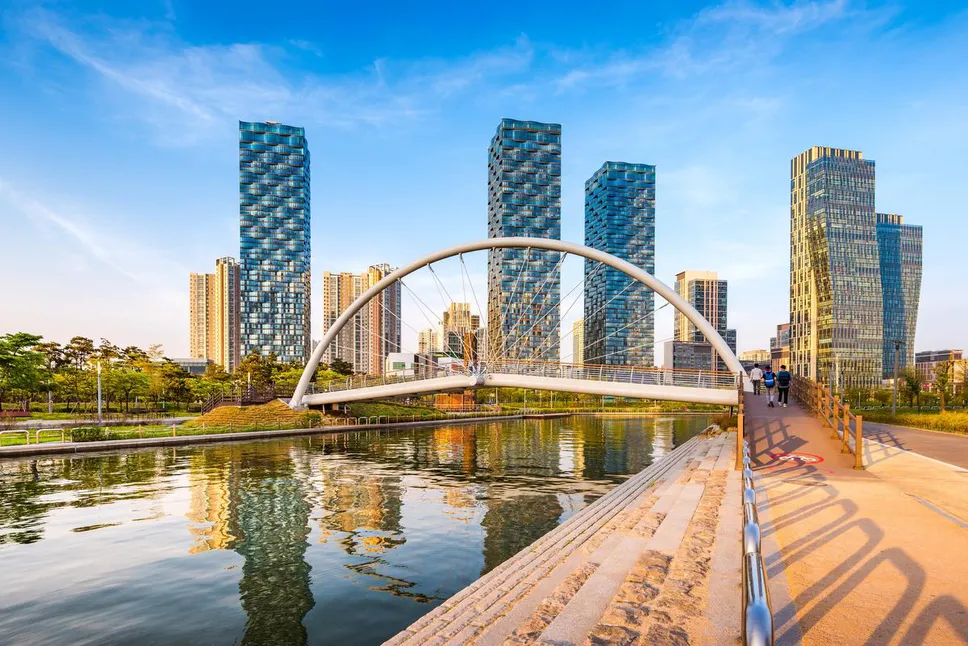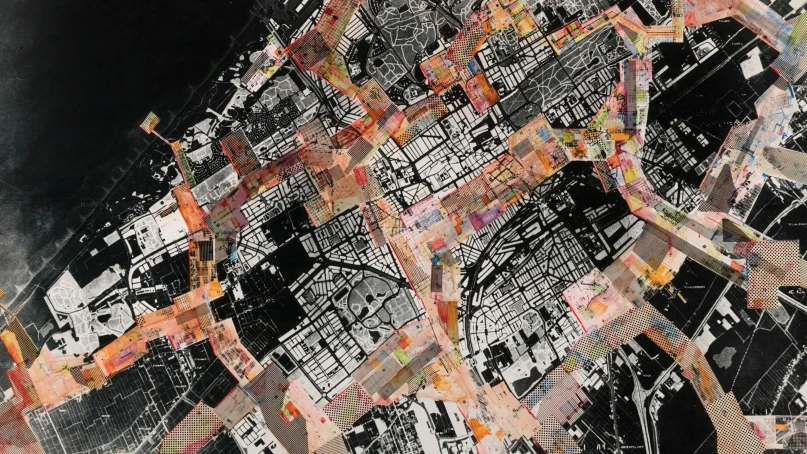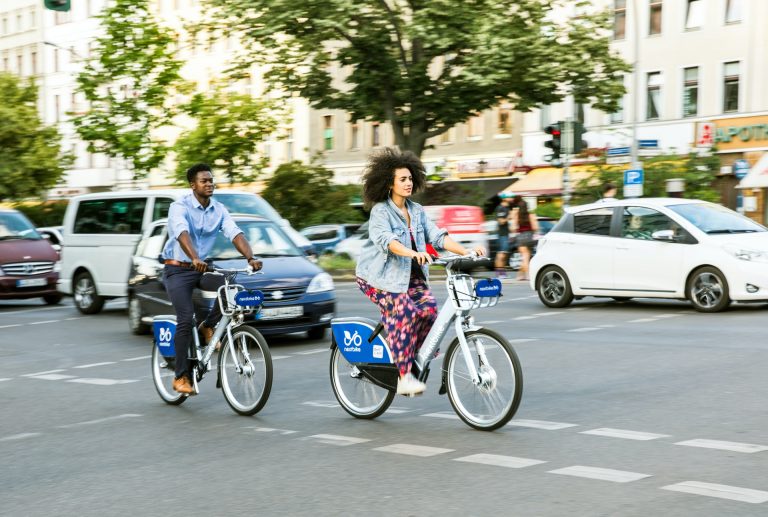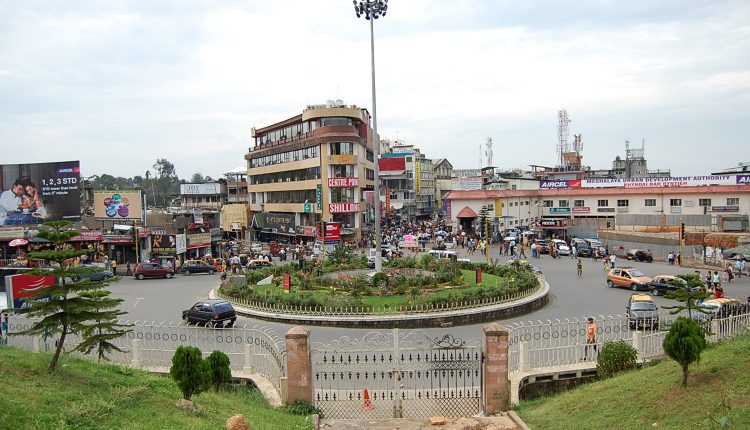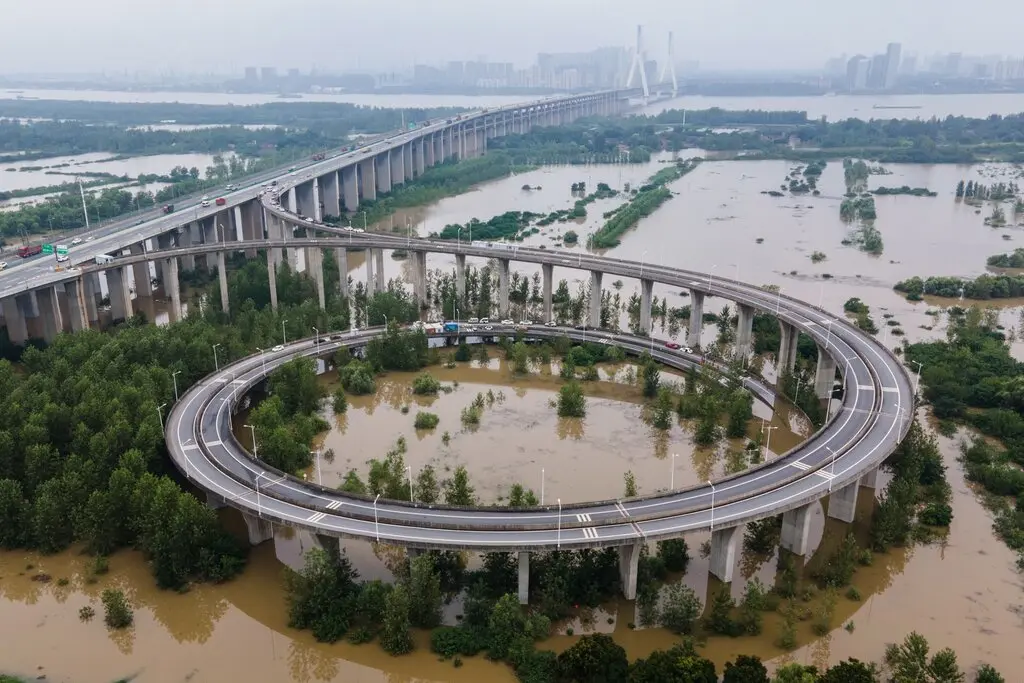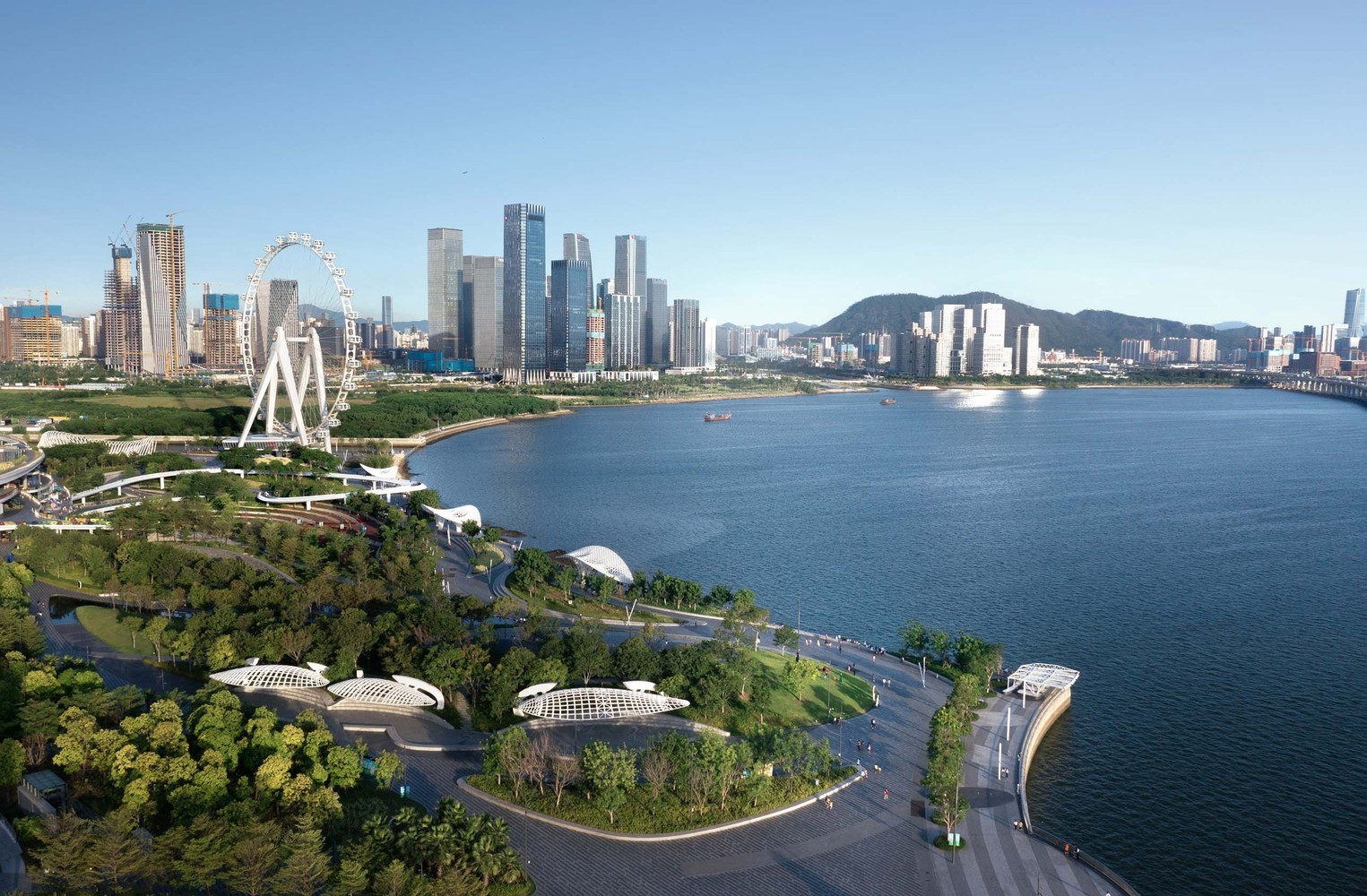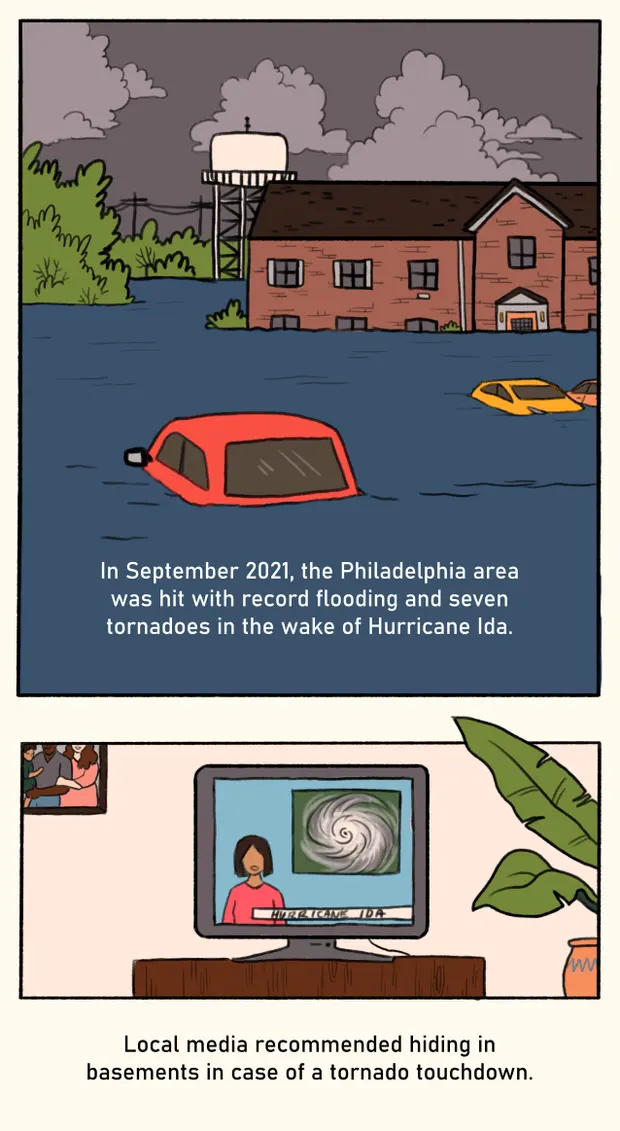
Earlier this month, the United States reached an agreement with its southern neighbours to step up security following an increase in the number of Central Americans attempting to migrate to the US. People are fleeing from multiple and often interlinked crises in their home countries, but a significant driver is the impact of climate breakdown; in addition to the devastation caused by last year’s record-breaking hurricane season, slower-onset climate challenges such as drought have contributed to a rise in food insecurity.
The climate crisis is rapidly becoming a key driver of migration; in 2019, 72 percent of new displacements were climate-related. Many of these journeys lead to cities. On the front lines of both migration and the climate crisis, city mayors are leading the way in responding, often moving faster than national governments to cut emissions, while providing humanitarian support to migrants even when they lack formal responsibility or budgets. But thus far nations have approached climate migration primarily as a security challenge and excluded mayors from planning and decision-making. Now, it is crucial that city leaders have a seat at the table where policy and investment decisions around climate migration are made.
+INFO: AlJazeera




